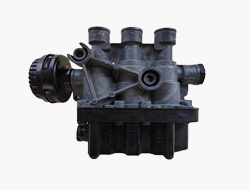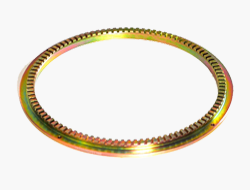Reasons for Common Failures of Piston Rings in Bus Diesel Engine
Reasons for Common Failures of Piston Rings in Bus Diesel Engine
.jpg)
1. The staggered position of the openings of each piston ring is incorrect, and even the alignment, large gap between the openings, ring pulling, breaking, or biting, resulting in poor gas "lost" effect and gas leakage.
2. When the diesel engine runs smoothly, the piston ring not only shrinks internally but also expands externally, but also shows a tendency to "creep" along the circumference. This not only accelerates wear on the contact surface between the ring and the groove, but also causes the piston ring to align. The reason for the rotation of the piston ring is due to the taper, out of roundness, excessive fit clearance of the cylinder liner and piston, bending of the connecting rod, and irregular honing patterns on the cylinder wall.
3. The gap between the opening and back of the piston ring is too small, the friction between the ring and the cylinder wall is too large, the carbon deposits in the cylinder are severe, and the assembly is dirty or the oil is not clean, resulting in strain.
4. The gap between the piston ring openings is too small, and after replacing the old cylinder with a new one, the first air ring collides with the cylinder sleeve shoulder or the piston ring opening expands too much during assembly, which can easily cause fracture.
5. If the side clearance is too small and special tools are not used during disassembly and assembly, the ring may appear spiral shaped, resulting in elastic effects or severe carbon accumulation in the cylinder, which can cause the piston ring to bite.
6. Excessive clearance between the piston ring opening and side, reverse installation of twisted and tapered rings in the upper and lower directions, and clogging of oil passage holes due to dirty lubricating oil can easily lead to oil leakage.
Related Products
Related News
-
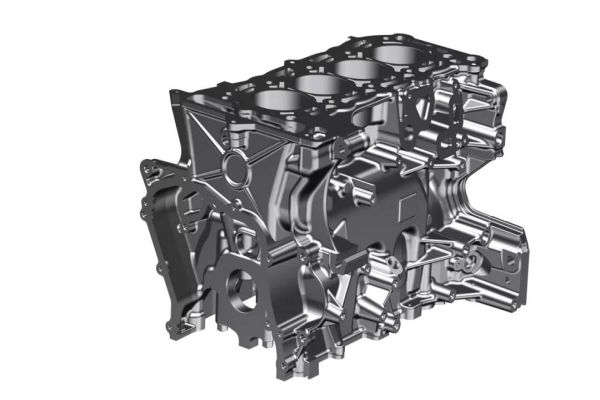 Analysis Of The Causes Of Water Effluent In The Exhaust Pipe Of Bus Engines2023-10-20
Analysis Of The Causes Of Water Effluent In The Exhaust Pipe Of Bus Engines2023-10-20 -
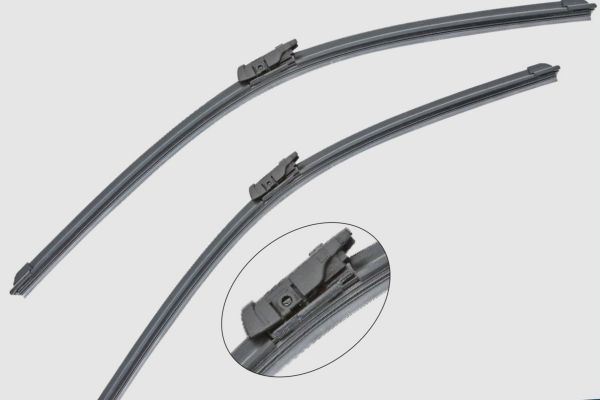 Six Points To Pay Attention To Choosing Good Wiper2023-10-24
Six Points To Pay Attention To Choosing Good Wiper2023-10-24 -
 Foton Bus Showcases Successful Cases Of Hydrogen Energy Operation2023-11-02
Foton Bus Showcases Successful Cases Of Hydrogen Energy Operation2023-11-02 -
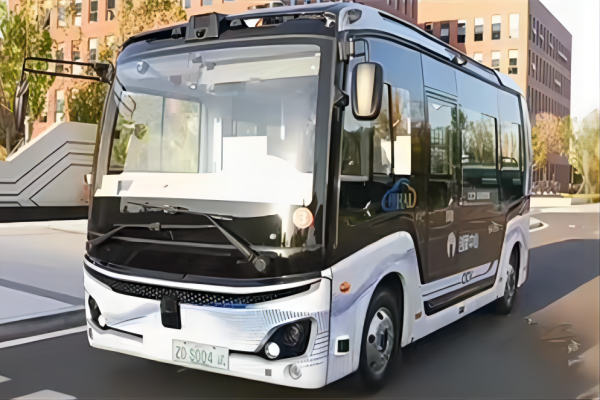 Kinglong L4 Class Autonomous Bus Obtained Beijing Intelligent Connected Vehicle Road Testing License2023-11-17
Kinglong L4 Class Autonomous Bus Obtained Beijing Intelligent Connected Vehicle Road Testing License2023-11-17


